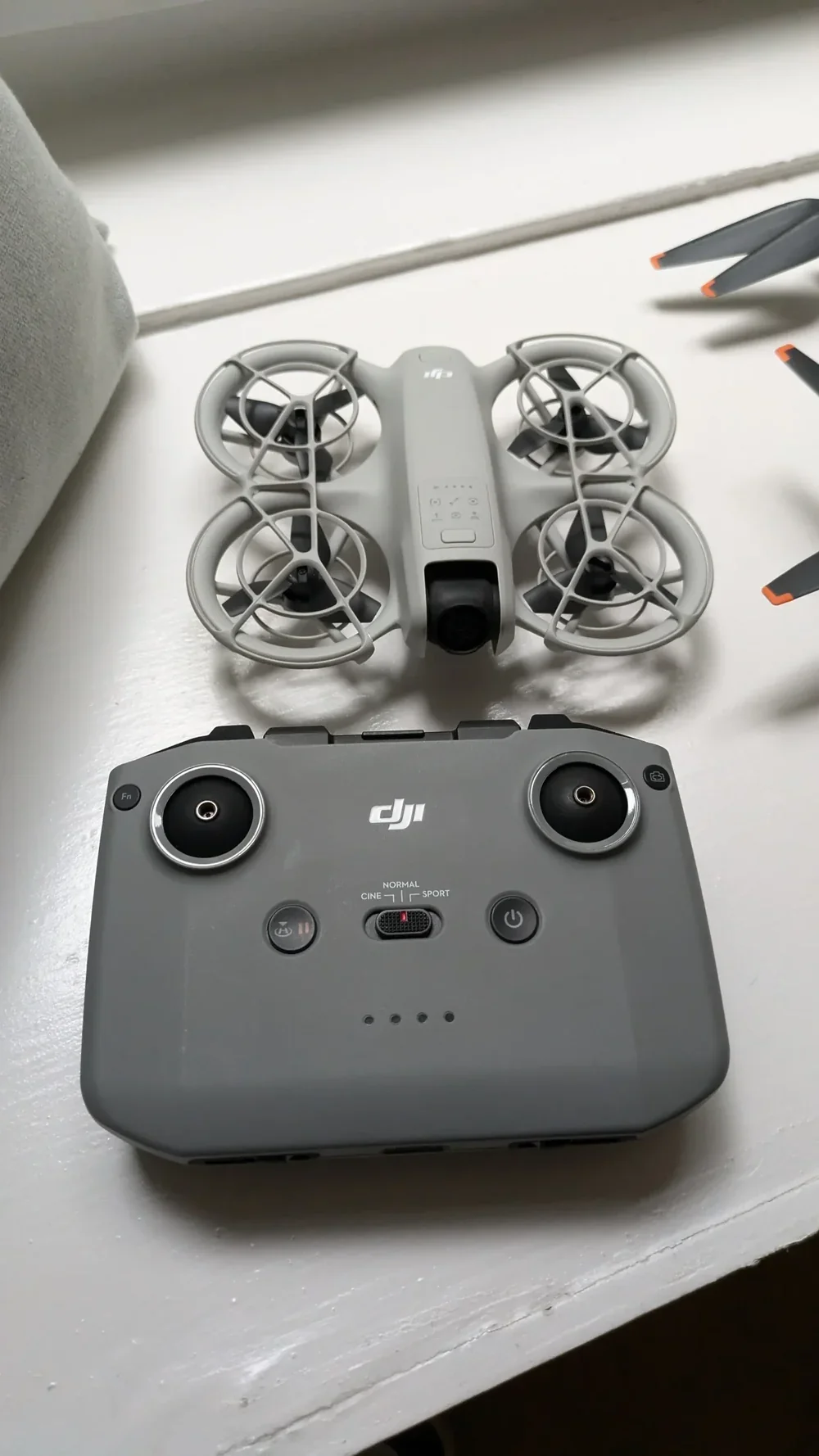
The truth is, flying a drone safely near people in the UK boils down to maintaining specific legal distances—50m for takeoffs and 150m in flight for most drones—a rule I plan for on every single flight as a GVC licensed drone pilot.
What the rulebook doesn't tell you is that this 50-meter buffer is your real-world reaction zone. It gives you the critical seconds needed to respond if a curious child, or even a dog, suddenly runs towards your takeoff spot.
Whether you're a hobbyist trying to capture great shots without breaking the law or a professional planning a complex commercial shoot, this guide will give you the insider's perspective on not just what the rules are, but how to apply them safely in the real world.
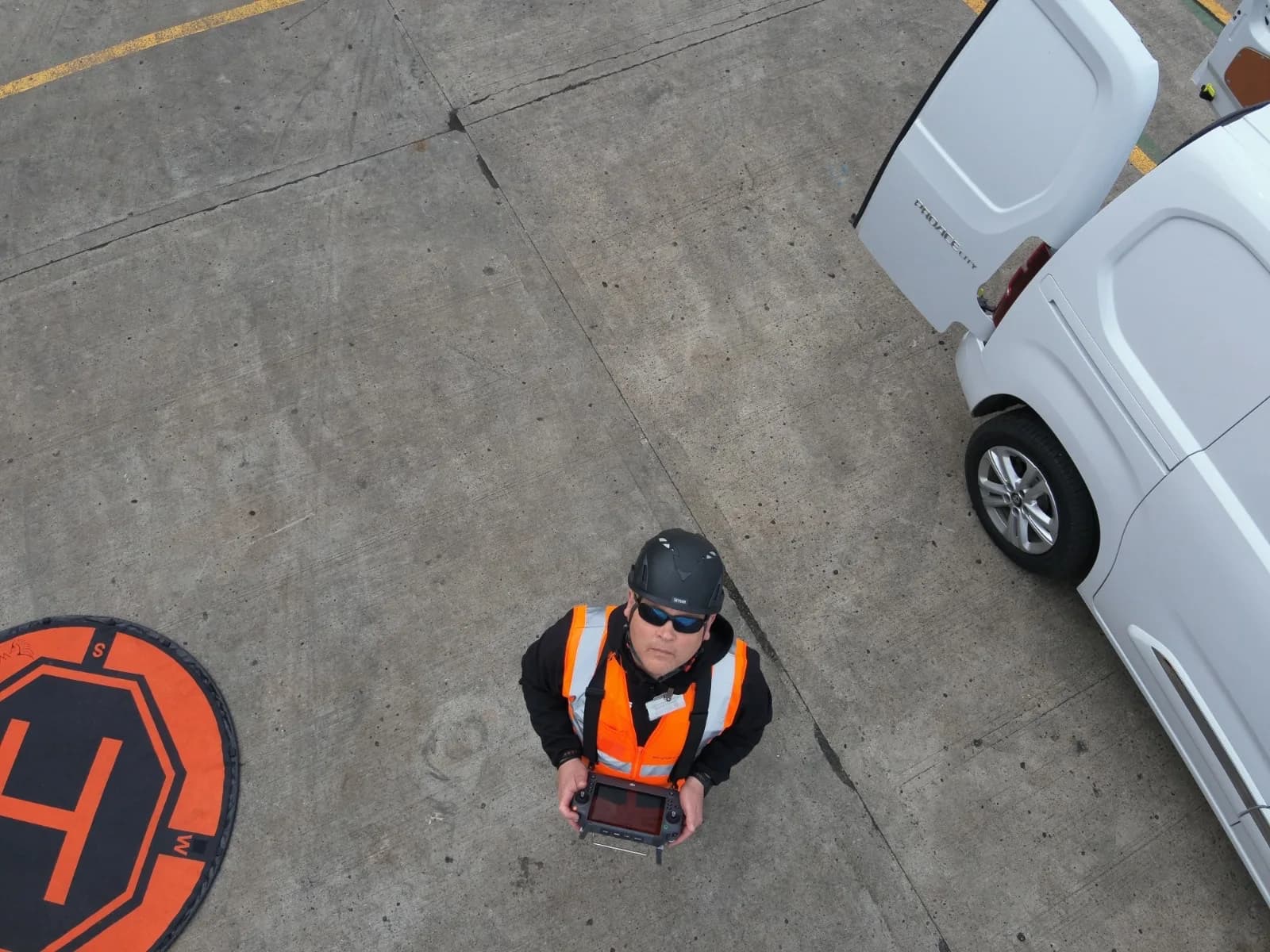
30 Second Summary
- Drones over 250g must maintain 50m horizontal distance during takeoff/landing and 150m during regular flight
- Sub-250g drones have relaxed proximity rules but should avoid flying directly over people
- All drones must stay 150m away from crowds and organized gatherings regardless of weight
- CAA authorization is required for operations closer than the standard minimum distances
- Flying too close to people risks technical failures, injuries, liability claims, and privacy violations
Flying near people increases the risk of injury and liability.
Flying a drone near crowds presents multiple safety hazards that significantly increase your liability risk. From experience, I can tell you that even with a high-end drone, a sudden, unpredictable gust of wind can change everything in a second.
As the drone pilot in command, the ultimate responsibility for the flight rests on your shoulders.
If your drone injures someone, you'll face potential civil liability claims for damages and medical costs. My insurance is something I never fly without, as it may not cover incidents where you've violated safety regulations, leaving you personally exposed financially.
You're also responsible for protecting people's privacy. Flying too close might capture unwanted footage of individuals, raising serious drone privacy concerns.
The UK Information Commissioner's Office can impose substantial fines for privacy breaches. Always maintain appropriate distance from uninvolved people, prioritize safety over getting the perfect shot, and ensure you have the correct coverage by understanding the drone insurance requirements.

UK drone laws set minimum distances you must keep from people
In the UK, critical distance rules govern how close you can fly your drone to people. Here is a summary of the main distance requirements:
Drone Weight Category | Flight Situation | Minimum Horizontal Distance |
|---|---|---|
Under 250g | All situations | No minimum distance, but do not fly over people. |
Over 250g | Takeoff & Landing | 50 meters from uninvolved people. |
Over 250g | Regular Flight | 150 meters from uninvolved people. |
Any Weight | Crowds / Organized Gatherings | 150 meters from the edge of the crowd. |
First, you must maintain at least 50 meters horizontal distance from uninvolved individuals during takeoff and landing. This increases to 150 meters during regular flight operations for drones over 250g. That 50m buffer isn't just a number; it's your reaction time if a curious child or dog suddenly runs towards your takeoff spot.
Second, for crowds and organized gatherings, you'll need to keep a minimum distance of 150 meters at all times, regardless of your drone's size or flight phase. This applies to concerts, sporting events, and public demonstrations.
Third, if you're flying a drone weighing under 250g, these restrictions are relaxed. You can fly closer to people, but you must still avoid flying directly over them. It's crucial to understand the specific sub-250g drone rules for these models.
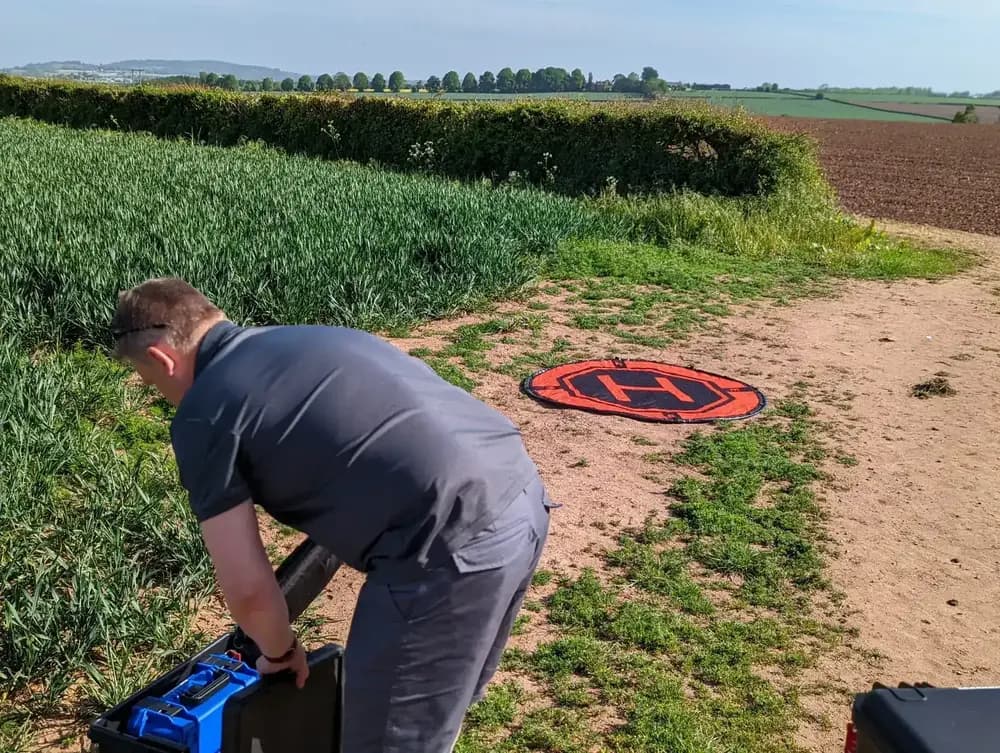
Who Counts as an 'Uninvolved' Person?
A key term in UK drone regulations is 'uninvolved person.' This refers to anyone who is not participating in the drone operation.
They haven't been briefed on the potential risks and have not agreed to be part of the flight. Essentially, this covers the general public.
In contrast, an 'involved person' is someone who understands the plan and the risks, has given their consent to be near the drone's operation, and has been briefed by the drone pilot on what to do in an emergency. My pre-flight briefing for anyone involved is non-negotiable. I don't just ask if they're okay with it; I show them the flight path, establish safe retreat points, and make sure they know the emergency commands.
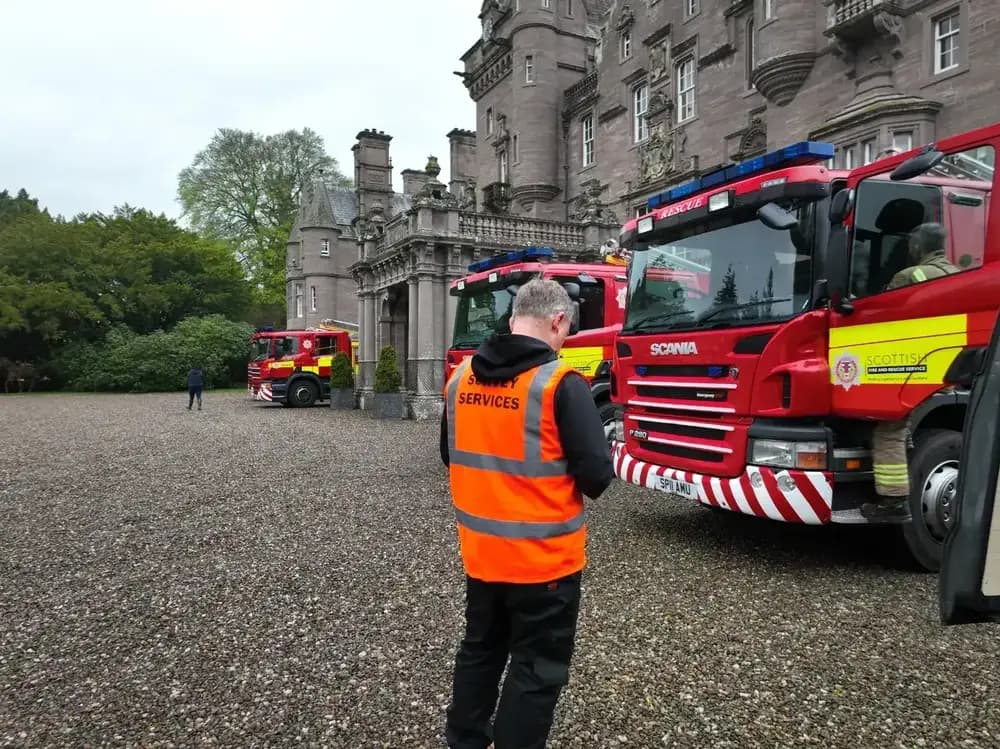
Drones under 250g can legally fly closer to people than heavier drones
Most sub-250g drones benefit from significant regulatory advantages in the UK's airspace. If you're flying these lightweight models, you can operate much closer to uninvolved people than heavier drones.
However, my personal rule is to fly as far away as is practical, not just as close as is legal.
In contrast, drones weighing 250g or more must maintain minimum horizontal distances from uninvolved individuals. This includes at least 50m for drones between 250g-7.9kg in the Open A2 subcategory. Heavier drones in the A3 subcategory must stay at least 150m from residential, commercial, industrial, and recreational areas.
The sub-250g exemption makes mini drones like the DJI Mini series particularly popular, but a propeller spinning at thousands of RPM can still cause a nasty injury, regardless of the drone's weight. I always treat my smaller drones with the same respect as my larger kit.
Flying close to people is not the same as flying directly over them
While flying close to people may be permitted with sub-250g drones, you should keep in mind that hovering directly over uninvolved individuals presents different safety considerations altogether. This is a point I can't stress enough.
For me, flying over crowds is a red line unless I have a specific authorisation and a very controlled environment.
When you're flying near people, you're maintaining horizontal distance that provides some safety margin if your drone malfunctions. However, flying directly overhead eliminates this buffer zone, placing people directly in the path of a potential falling drone.
Even with lightweight models, you should avoid flying directly over crowds or individuals without their consent. The risk calculus changes completely when you fly overhead; it's a hazard I'm simply not willing to introduce into most operations.
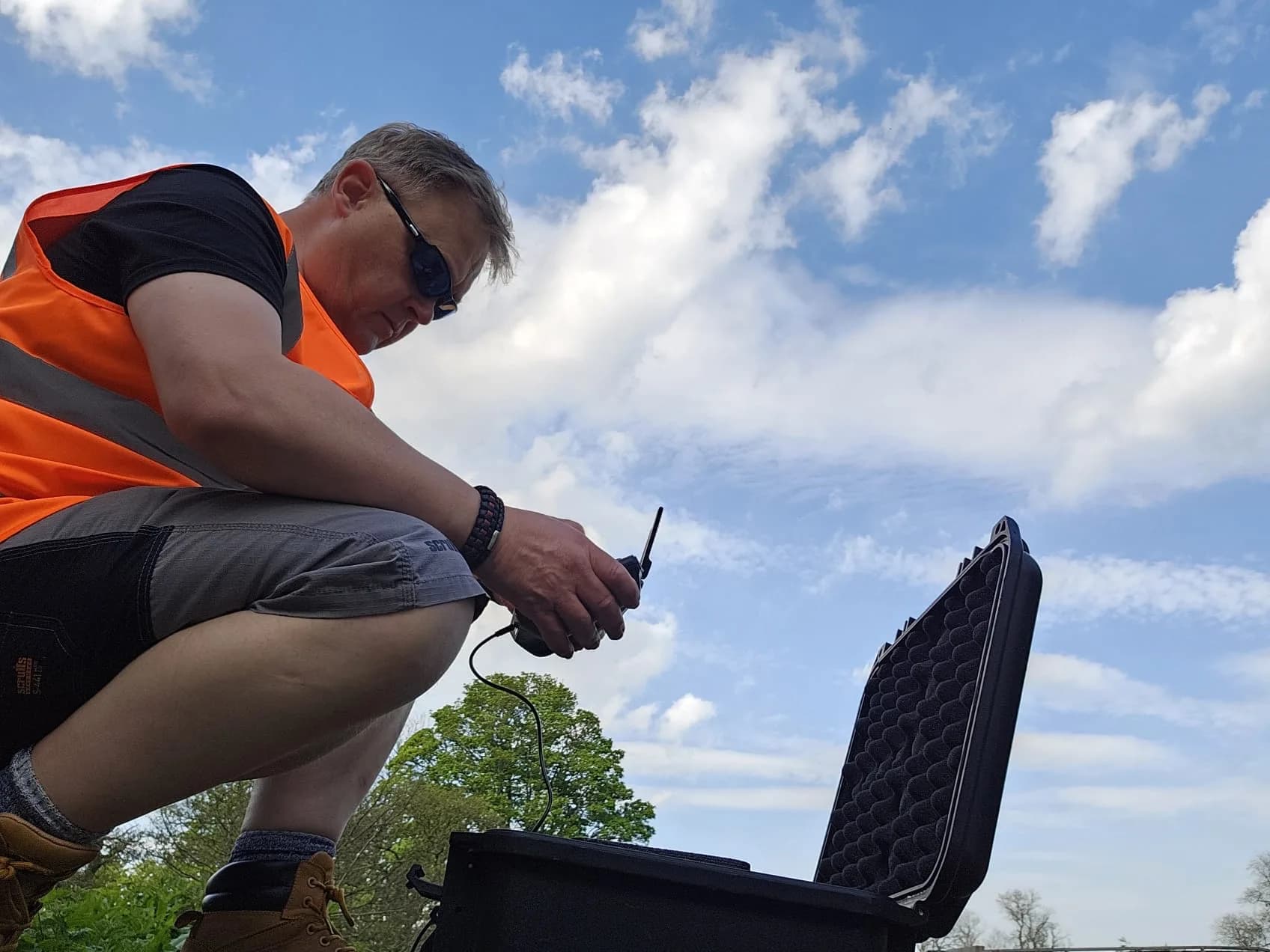
Special CAA authorisation is required to fly closer than standard limits
Three key situations exist where you'll need special permission from the Civil Aviation Authority to fly your drone beyond standard restrictions.
First, if you want to fly closer than 50 meters to people not under your control, you must obtain a specific CAA authorization. Second, you'll need permission to operate within the standard exclusion zones around airports. Third, any commercial drone operations that can't comply with the standard limitations require operational authorization.
Going through the process for my GVC (General Visual Line of Sight Certificate) was rigorous, and for good reason. The CAA needs to see that you're not just a competent drone pilot, but a meticulous planner with the right drone qualifications. It's often less about the flying and more about proving you can manage risk professionally.
Frequently Asked Questions
Can I Fly Drones Over Private Property in the UK?
You can legally fly your drone over private property in the UK as airspace isn't owned. However, you must follow privacy laws and CAA regulations. Don't invade privacy by filming people without consent or causing harassment. Stay at least 50m away from people and property not under your control. If the landowner asks you to leave, my advice is always to be polite and comply immediately to avoid any conflict over your drone over property.
How Do Weather Conditions Affect Minimum Safe Distances From People?
Weather conditions significantly impact your minimum safe distances. My weather app is the most important tool I use on a flight day. Here in Scotland, the weather can turn in minutes. I've had to scrub flights that looked perfectly fine from the window because of high-altitude wind warnings. It's always better to be on the ground wishing you were in the air, than in the air wishing you were on the ground.
Are There Different Rules for Flying Drones at Public Events?
Yes, stricter rules apply for drones at public events in the UK. You can't fly within 150 meters of congested areas or organized open-air assemblies of more than 1,000 people unless you have specific permissions. Flying at these events requires a level of planning far beyond a standard flight.
What Insurance Is Recommended When Flying Drones Near People?
You'll need public liability insurance when flying drones near people in the UK. Aim for at least £1-2 million coverage, though commercial drone operators often secure £5-10 million. The Drone and Model Aircraft Registration Service (DMARES) recommends insurance for all drone pilots, and it's mandatory for commercial operations.
How Do Drone Distance Rules Apply to Friends and Family Members?
You must follow the same distance from people rules with friends and family as with strangers unless they are 'involved participants.' To be considered involved, they must understand the risks, give clear consent to be near your drone, and know the safety procedures. If they are not formally involved, they are considered 'uninvolved,' and you must maintain the standard required distances (e.g., 50m/150m).
Need to Fly Safely Near People? Hire a Professional
To fly safely and legally, you must maintain at least 50m from people during takeoff and 150m during flight for drones over 250g, and never fly directly over anyone. Navigating these rules for a commercial project is complex and carries significant liability, which is exactly the problem HireDronePilot solves.
Our network provides access to GVC-certified drone pilots who are experts in the detailed risk assessments and flight planning required to operate safely near people. As the UK's premier managed marketplace, HireDronePilot is dedicated to connecting businesses with verified professional drone pilots for hire.
We streamline drone services through competitive bidding, ensuring quality, compliance, and value for every aerial project across the United Kingdom.
Don't risk the legal and financial consequences. Visit https://hiredronepilot.uk/ to get a quote from a certified professional who can deliver the results you need, safely and compliantly.
About the Author

Written by
Peter Leslie
Peter Leslie is a CAA-approved commercial drone pilot with 10+ years experience and over 10,000 flight hours. He holds the GVC and A2 CofC drone licences with full CAA Operational Authorisation. Peter is a member of ARPAS-UK, the UK's non-profit trade association for the drone industry. He founded HireDronePilot to connect UK businesses with qualified, insured drone operators.
Looking for More Drone Work?
Join the UK's leading network of professional drone pilots and grow your business.
Open Access
Bid on any job - all jobs open to all pilots
Grow Revenue
Access high-value commercial projects
Stay Busy
Fill your schedule with regular work
Related Articles

Our Drone Survey Service In Stirling, Scotland
Bringing you Stirling drone survey data from areas no one else can fly.

How Much Does A Drone LiDAR Survey Cost
Forecasting your drone LiDAR survey cost requires understanding what's hidden beyond the initial quote.

Step By Step Process Of Drone LiDAR Survey
Next, discover the crucial post-flight steps that determine your survey's success.
